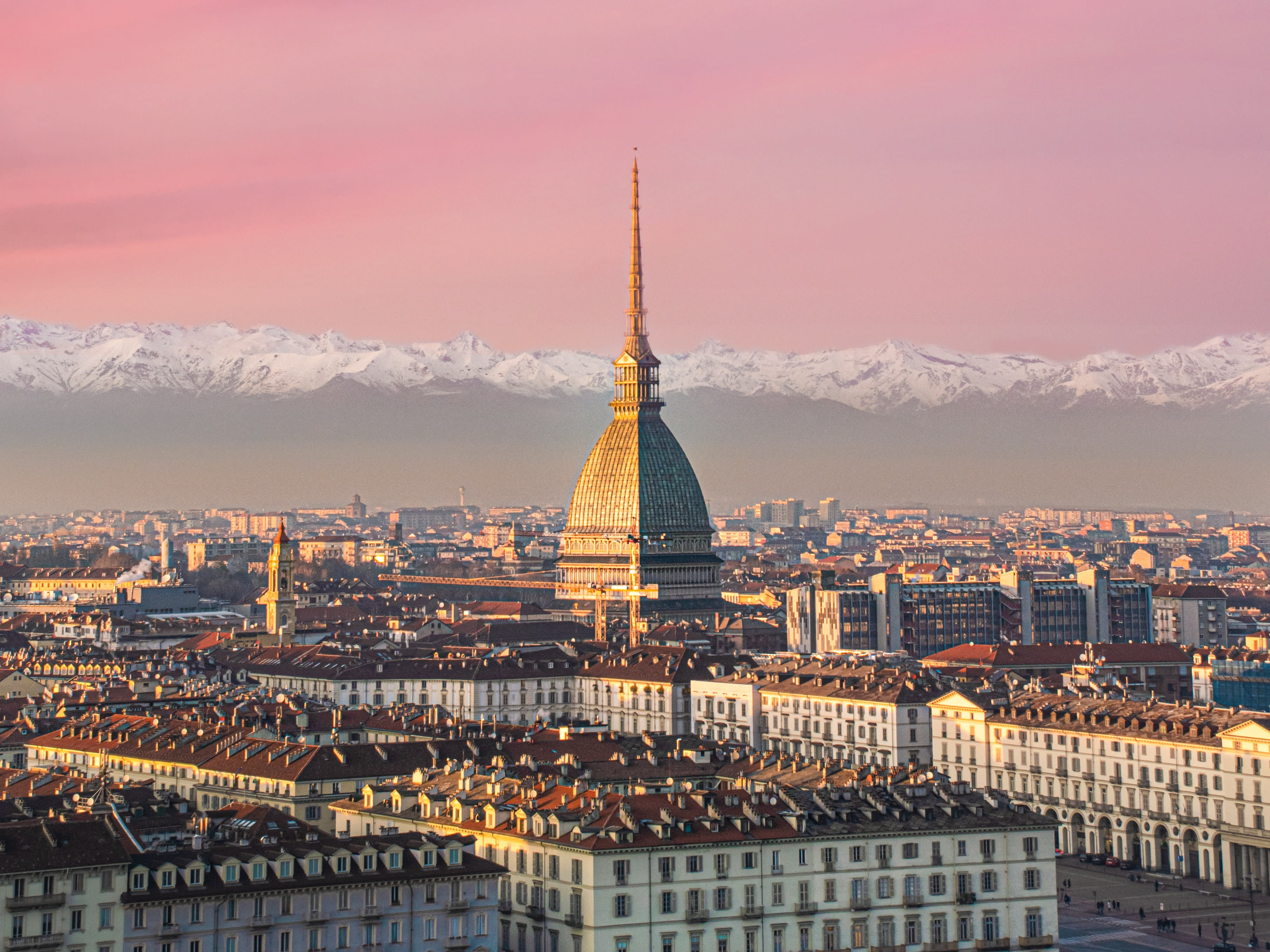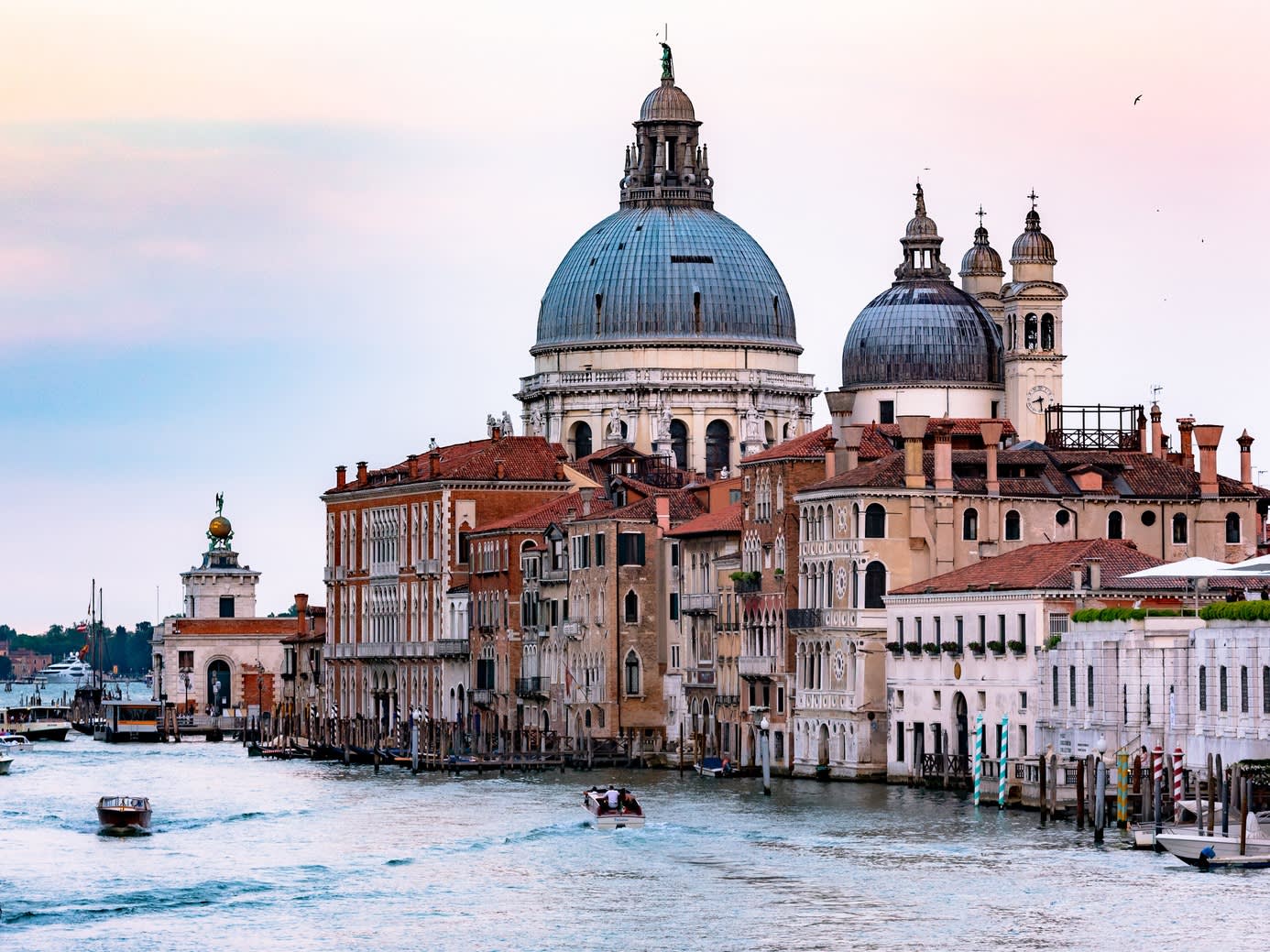Italian Christmas traditions and food: Celebrate like a local
Take a look at what Italian Christmas traditions look like and discover what to expect in terms of festive feasts over the holiday season.
Angelina
Italian Christmas holiday traditions are centred around Italian folklore and food. So, if you’re planning to celebrate your first Christmas in Italy, you’re in for a treat! You're about to experience a magical time of the year when it's perfectly acceptable to drink and eat your way through the holidays. In this article, we’ll show you how to embrace Italian Christmas traditions and celebrate Christmas like a local.

Celebrate Christmas for a month
Christmas holidays in Italy start with the Day of Immaculate Conception on December 8th. This Catholic holiday celebrates the conception of the Virgin Mary as free from sin because she was conceived immaculately. It’s a common Christmas tradition for families to use this day to come together and put up their Christmas decorations.
The festive season then runs until Epiphany on January 6th. That’s when the Three Wise Men arrived in Bethlehem with their gifts for the Baby Jesus.
When it comes to exchanging presents, Italians don’t have a specific day dedicated to that. While some exchange gifts on Christmas Eve, others prefer to start sharing their holiday spirit up to two weeks ahead of Christmas.
Christmas Eve in Italy is a feast
Of course, Christmas is the time to indulge and enjoy yourself to the fullest.
That’s why Italians celebrate Christmas Eve with a large feast known as La Vigilia on December 24th.
Traditionally, Italian Christmas Eve dinner is a meat-free meal. According to an old Catholic tradition, it’s meant to purify your body ahead of a religious celebration. So, instead of meat, it's all about seafood.
As with many other cultures, the dishes served vary from region to region. But you’ll often see marinated anchovies or tuna; baccala (codfish) served with potatoes; mussels in broth; clams with pasta; and, of course, lots of risotto.

Christmas Day in Italy
As you’d expect, Christmas Day in Italy is also very focused on food!
In Italy, it’s tradition to have a family lunch in the early afternoon on December 25th. However, don’t let the word ‘lunch’ mislead you. Italians save some of their best recipes for this meal. To top it off, the dish count can go up to over a dozen courses!
At the Italian Christmas table, traditionally, you’ll see a variety of cured meats and cheeses as antipasti, followed by typical Italian dishes such as frittata and baked pasta al forno.
The main attraction of this meal, though, is definitely the roast meat. Pork, beef, or lamb are all typical Italian Christmas meats. Alongside the meat, there’re vegetables like green beans, carrots, roasted potatoes, and parsnips.
After you've made it through all the courses, it's time for dessert. Some traditional Italian Christmas sweets include panettone and pandoro. Both are types of sweet bread with the main difference being that panettone contains candied fruit and raisins. If you’re celebrating in southern Italy, you’ll probably come across delicious spiced nut pastries known as mostaccioli.
Every region and even every household in Italy will have its own Christmas traditions and customs, and the list of dishes served could go on forever, but they’re guaranteed to be delicious.
Embrace Italian traditions with zampognari
Italian Christmas wouldn't be complete without music.
Especially if you're in Rome, you might spot zampognari. They’re bagpipe players who dress up as shepherds and go from house to house playing Christmas carols during the holiday season.
This is an old tradition, dating back to before Italian unification in 1861. It started as a way for shepherds to collect donations during the Christmas season. They would travel all the way down from their mountain homes to play piffero in the market squares.
If you're lucky enough to have one show up at your door, be sure to give them a tip!

Look out for nativity scenes
One of the most loved Italian Christmas traditions is presepe or nativity scenes.
Nativity scenes of the birth of Jesus are displayed in homes, churches and squares all over Italy. In fact, it seems that no matter where you’re in the country, there's always one close by.
They’re often made out of wood or terracotta and come in all shapes and sizes. Some are very elaborate, while others are quite simple. But they all tell the story of Mary, Joseph and the Baby Jesus in some way. Some presepe manage to depict the whole town of Bethlehem in exquisite detail.
In the past century, nativity scenes have been adapted to reflect modern times and cultures. Today, the characters often represent different nationalities, races and religions.

Red underwear on New Year’s Eve
Italians are a superstitious bunch. And many New Year's Eve traditions are the evidence.
One of them, for instance, is eating pork and lentils. Traditionally, pork, with its richness, represents wealth, while lentils, due to their coin-like shape, symbolise money. Eating dishes containing those is believed to bring prosperity in the new year.
To really guarantee that the coming year is a success, make sure to get yourself a pair of red underwear. It’s a common tradition for Italians to wear red underwear on New Year’s Eve to bring them good luck. Make sure to buy yours in advance, though, as they sell out quickly during the holiday season!
Like in many other countries, Italians like to celebrate the beginning of the new year with a midnight fireworks display— make sure to head outside to get a good look at the fireworks.
More presents from La Befana
It’s time for the final festive moment: La Befana!
On Epiphany Eve, January 5th, children leave their shoes or socks out to be filled with candy. Just like Santa (called Babbo Natale in Italy), La Befana comes down the chimney and leaves a treat for little kids while they’re asleep. Unless you didn’t behave of course. The only thing that naughty kids will find is a lump of charcoal in their shoes!
Legend has it that Befana was an old Italian lady who wanted to bring gifts to Baby Jesus but got lost. Since then she's been trying to find her way to Bethlehem each year on January 6th, flying from one house to another on her broom.
With that broom, she’s said to sweep away any unhappy thoughts or bad deeds of the previous year.
When do Italians exchange Christmas gifts?
There’s no single day where Italians exchange Christmas gifts, some will wait until Epiphany on January 6th to exchange gifts, while in certain regions children will open gifts on December 13th. It really depends on the traditions your Italian friends or family have— or you can create your own Italian Christmas tradition!
Now that you know all about celebrating Christmas in Italy, it’s time for you to have fun!
This article is for informational purposes only.
Please reach out to content @housinganywhere.com if you have any suggestions or questions about the content on this page. For legal advice or help with specific situations, we recommend you contact the appropriate authorities.
Related articles
In this article
Moving to Italy?
Book your rental accommodation from verified landlords in Italy even before relocating. No viewings needed.
Search Now

